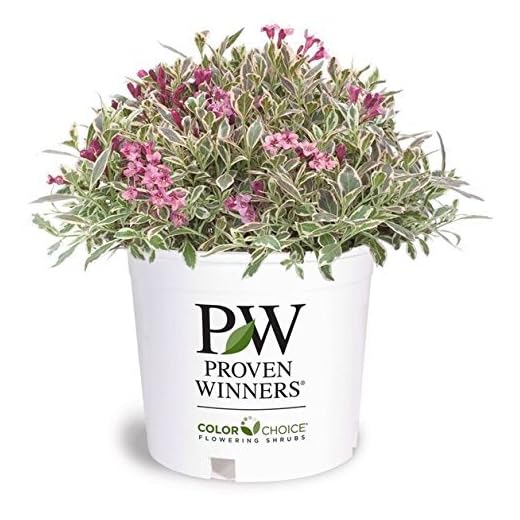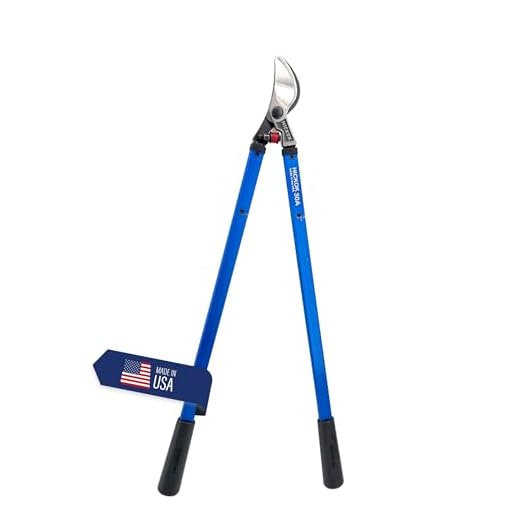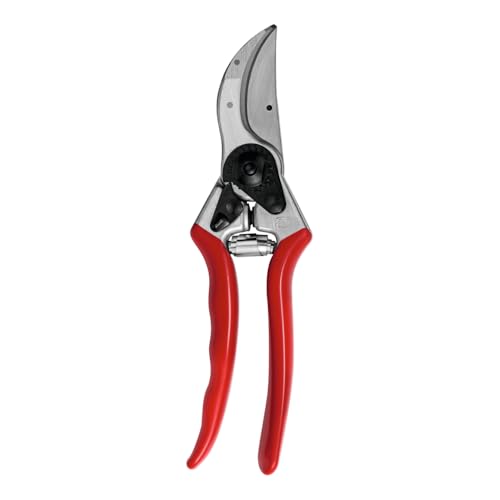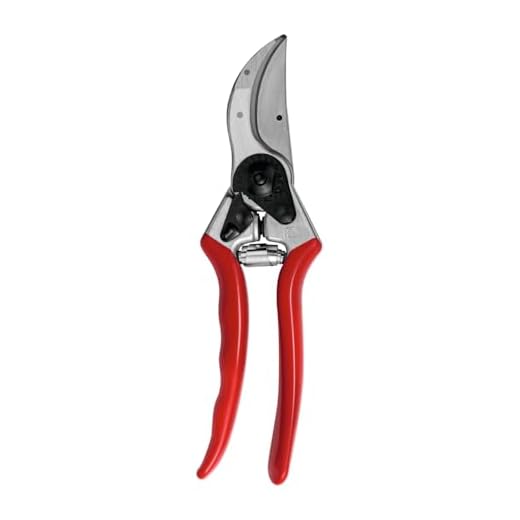

For the best results, carry out the cutting of these plants in early spring before new growth begins. This timing allows for maximum blooming and encourages healthy development throughout the growing season.
In the case of the aforementioned flowering shrub, the ideal window for cutting is right after the last frost. This ensures that the plant can recover quickly and produce lush foliage and flowers. Observing the local climate and frost dates will help you pinpoint the perfect moment.
Additionally, it’s wise to monitor the health of your plants. If you notice dead or damaged branches, address these immediately, as they can hinder overall growth and vitality. Regular inspections will keep your garden thriving and visually appealing.
Lastly, utilize clean and sharp tools to achieve precise cuts, promoting faster healing. This practice not only benefits the plants but also enhances your gardening experience, allowing you to enjoy a flourishing environment.
Timing for Trimming Wine and Roses Weigela
For optimal results, targeting late winter or early spring just before new growth begins is ideal. This period allows the plant to recover quickly and encourages robust flowering. If you miss this window, consider a light shaping after blooming, ideally in late summer. This helps maintain size without sacrificing future blooms.
Focus on removing dead or damaged stems during the initial cut, as this promotes healthier growth. Also, thin out crowded areas to improve air circulation, which reduces disease risk. Keep in mind that excessive cutting can hinder flowering, so aim for a balanced approach.
Monitor your local climate, as regional variations can shift the precise timing slightly. In warmer areas, adjustments may be necessary to align with the plant’s growth cycle. Regular observation will guide your decisions to ensure the best performance of your shrubs.
Identifying the Best Time for Initial Pruning
The optimal period for initial cutting is late winter to early spring, just before new growth begins. This timing allows you to assess the plant’s structure without the distraction of foliage and ensures minimal stress during the process.
Focus on the following indicators to determine readiness:
- Temperatures consistently above freezing.
- Bud swell, indicating that the plant is preparing for growth.
- A clear lack of severe frost threats in your area.
Check the plant visually for dead or damaged branches, which should be prioritized during the initial cutting. This not only improves air circulation but also encourages healthier growth overall.
| Indicator | Action |
|---|---|
| Temperatures above freezing | Proceed with cuts |
| Bud swell noticed | Focus on reshaping |
| Frost threat diminished | Begin initial cutting |
By observing these signs, you can ensure a healthy foundation for vibrant growth in the upcoming season.
Understanding the Growth Cycle of Weigela
To optimize the development of this shrub, it’s crucial to grasp its growth phases. The initial stage, occurring in early spring, is marked by the emergence of buds. During this time, ensure the plant receives adequate hydration to stimulate robust growth.
As the season progresses, foliage expands and blooms appear, generally in late spring to early summer. This is the ideal moment to evaluate the overall health and structure of the plant. If any branches appear weak or overcrowded, consider removing them to enhance airflow and promote a more balanced shape.
Late Summer Care
During the late summer months, the growth slows down, and the plant begins to prepare for dormancy. This period is suitable for light maintenance tasks, such as monitoring for pests and diseases. Regular inspections can prevent issues that may hinder the plant’s vigor.
Preparing for Dormancy
As fall approaches, it’s important to focus on fortifying the root system. Mulching around the base can help retain moisture and insulate the roots during the colder months. Observing these practices will ensure that the shrub emerges healthy and strong in the following spring.
For those interested in photography, capturing the beauty of your garden can be enhanced with the best auto focus dslr camera, allowing you to document the stunning blooms and seasonal changes effectively.
Seasonal Pruning Techniques for Optimal Results
For the best outcomes, timing and technique are key. Here are effective methods tailored to specific seasons:
- Early Spring: Focus on removing dead or damaged branches to encourage healthy new growth. This is the perfect moment to shape the plant for better air circulation and sunlight exposure.
- Late Spring: After flowering, thin out crowded stems. This helps maintain a well-structured form and promotes vibrant blooms in the following season.
- Summer: Light trimming can be done after the first flush of flowers, targeting overgrown areas to enhance aesthetics and prevent legginess.
- Fall: Minimal cutting is advisable. Instead, concentrate on cleaning up fallen leaves and debris to prevent disease. However, removing any dead wood can be beneficial.
Utilizing these seasonal techniques will ensure robust growth and abundant flowering. Monitor the plant’s response, and adjust your approach accordingly for continuous improvement.
Signs That Your Weigela Needs Pruning
Observe your shrub for signs that indicate it requires attention. Leaf discoloration or wilting can signal distress, suggesting it’s time for intervention. If you notice a significant number of dead branches or sparse foliage, these are clear indicators that corrective measures are necessary.
Take note of excessive growth or a lack of blooming. If the plant appears overgrown or fails to produce flowers as it typically would, it might be time to enhance its structure. Look for crossing or crowded branches; these can hinder air circulation and light penetration, leading to potential health issues.
Physical Characteristics to Monitor
Inspect for signs of pests or diseases. Infestations can weaken the plant, making it more susceptible to other issues. If you see any signs of mold or fungal growth, it’s essential to act swiftly to prevent further damage.
Timing Your Intervention
Pay attention to the overall shape of the shrub. If it’s becoming leggy or unbalanced, a well-timed cut can restore its aesthetic and promote healthier growth. Regular assessments throughout the growing season will help maintain its vitality and beauty.
Post-Bloom Care: Timing and Techniques
After the flowering period, it’s crucial to assess the plant’s condition for maintenance. The most effective window for this approach is immediately after the blossoms fade. This timing encourages healthy growth and robust blooms for the next season.
Utilize clean, sharp tools to make precise cuts. Focus on removing dead or damaged stems first. Look for wood that appears brown or brittle; these sections should be trimmed back to healthy tissue. Additionally, thin out crowded areas to enhance air circulation and light penetration, which promotes overall vitality.
Tools and Techniques
Secateurs or pruning shears are ideal for smaller stems, while loppers work better for thicker branches. Make cuts at a 45-degree angle, just above a bud, which facilitates quicker healing and minimizes disease risk. Always disinfect tools between cuts to prevent the spread of pathogens.
Post-Care Practices
After maintenance, consider applying a balanced fertilizer to support new growth. Watering adequately during dry spells will also encourage strong recovery. Observing the plant’s response over the following weeks will guide any further interventions.
Preparing Your Pruning Tools and Workspace
Ensure your tools are sharp and clean before starting work. This prevents damage to plants and reduces the risk of disease transmission.
- Use bypass pruners for small branches; they create a clean cut.
- For larger limbs, employ loppers or a pruning saw, depending on thickness.
- Disinfect tools with rubbing alcohol or a bleach solution to eliminate pathogens.
Gather your materials in a designated area to keep the process organized. A clean workspace enhances efficiency.
- Lay down a tarp to collect debris, making cleanup easier.
- Have a bucket or bag ready for collecting cuttings.
- Wear gloves to protect your hands from sap and thorns.
Ensure that the area is well-lit, allowing for clear visibility of what you’re working on. Avoid working in wet conditions, as this can make handling tools risky.
Lastly, keep a first-aid kit nearby. Accidents can happen, so being prepared is wise.








